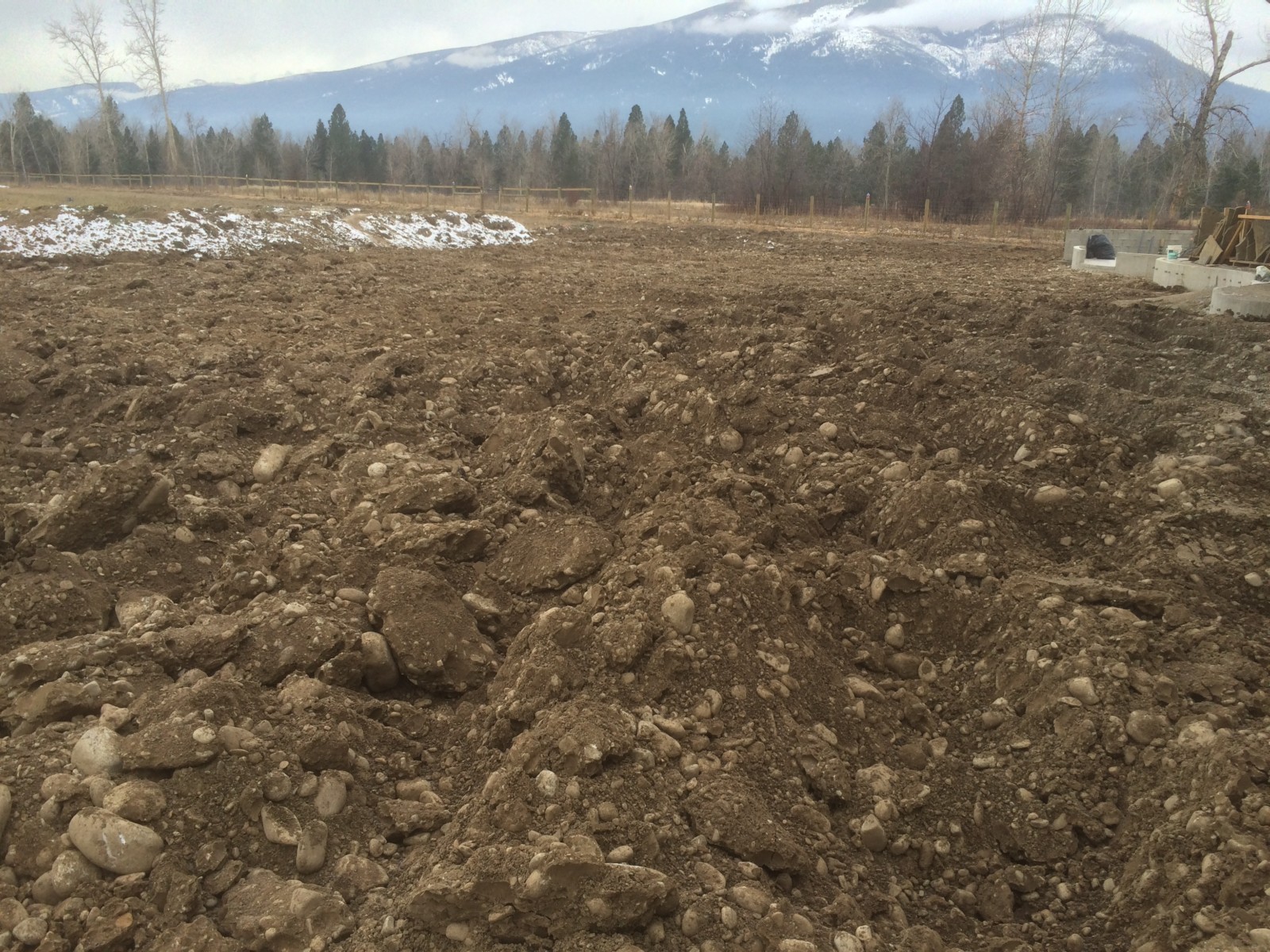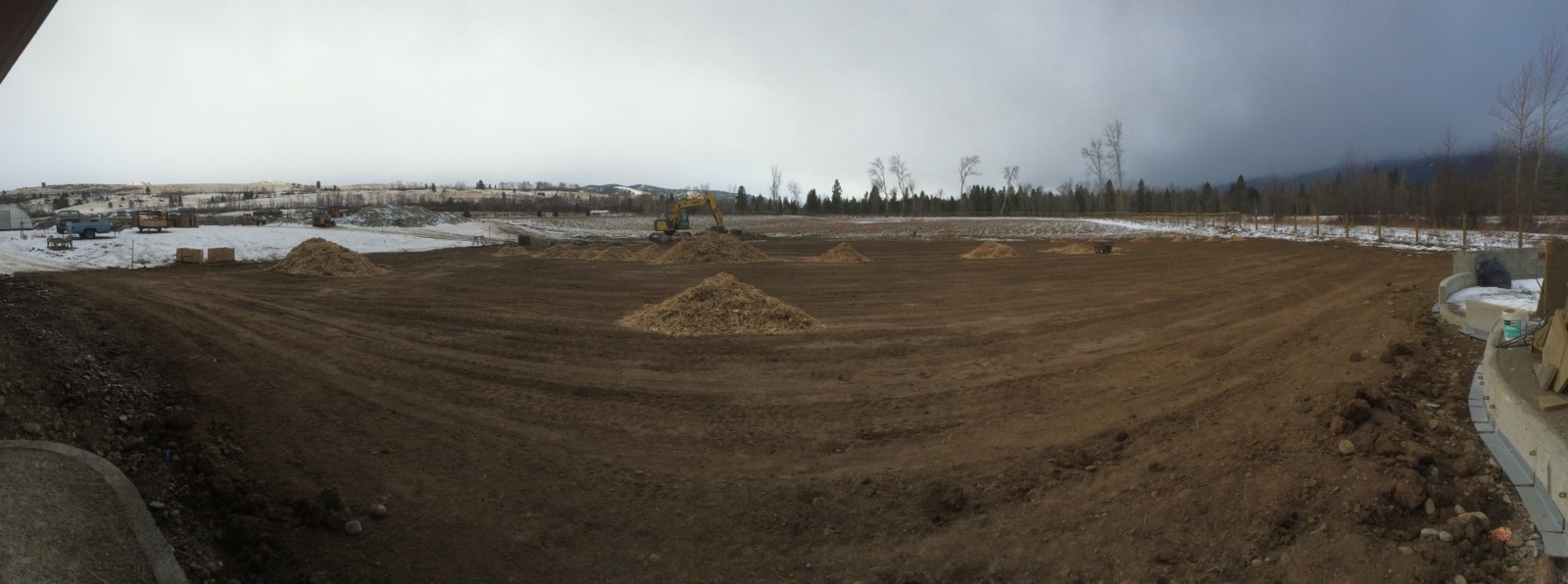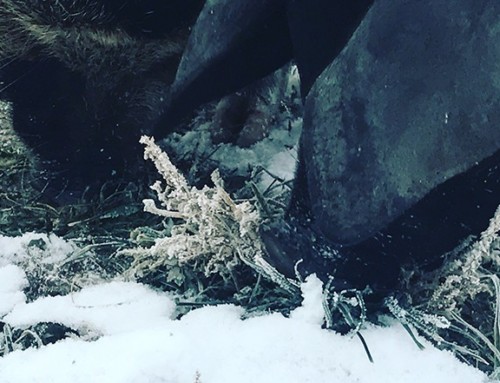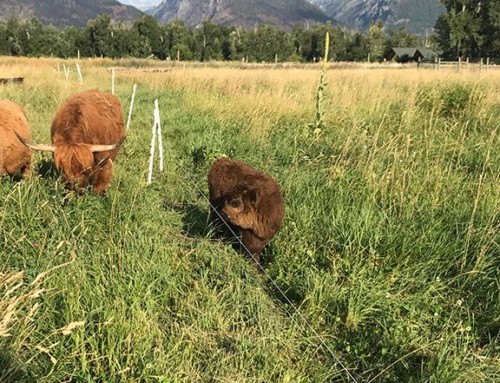I look back fondly at the many forested trails I have hiked over the years, remembering the clearly marked paths that so many feet before me carved for my easy identification. For the ease of hiking unfamiliar territory, this is a blessing, but to understand that the soil beneath the surface is devoid of life is something else to consider entirely.
In a life-giving, vibrant soil, the surface beneath our feet is alive with microorganisms, earthworms, beetles and a plethora of other heavenly bodies. Together, they dance in the cycle of life, where they live, reproduce, consume, excrete and die. This natural process moves nutrients, gases, and water continuously through the soil resulting in a composition that promotes vitality for all root structures that call it home. Now, if you apply pressure to the soil surface, time after time after time, you are essentially pressing the life out of the soil. Pathways are closed, nutrient transference is stopped, and organisms die and / or leave altogether. The soil structure is flat, compacted and in a state unsuitable for new growth to occur. All is not lost though; by applying some simple techniques the soil can be reconstituted and ready for rebirth.
On the heels of our new home build, the surrounding landscape had seen every type of vehicle parked or driven over the surface… truck, tractor, skid steer, etc. The land had been pummeled for over a year. It needed a facelift if we were ever going to turn the landscape into a Zone 1 & 2 food production space. It all started with the intent to decompact the soil surface, and open up pathways for life to take over. We opted for mechanical means, as this fit our aggressive timeline and budget. An excavator combed over the entire space, dug down 3’ and simply dropped the soil back into place. This agitation broke up compacted, solid subsurface, resulting in cracks and fissures throughout the soil structure to allow for root, air, water, organism and nutrient movement. An alternative to mechanical means would be sowing pioneer types plant species with aggressive, hardy tap roots. Dandelion, comfrey, mallow, daikon radish, etc, are all plant species that could be used alternatively to mechanical means to agitate and breakup the subsurface. Alternatively, and pending the overall size of the area to be worked over, you can use shovels, digging forks, mattocks and / or other hand tools. Defining one’s goals, timeline and budget will help steer exactly how to handle other such scenarios.
Now that the soil surface had been altered and in a state ready to promote life taking hold, we introduced a plant species to aid in the cause. In healthy proportions, we applied White Dutch clover over the entire surface. This nitrogen fixing perennial is seen as an asset in many ways. It is cold hardy and a quick germinator, which will allow it to take hold in early spring and out compete less desirable species that are no doubt banked in the existing soil structure. White Dutch clover will add positive amounts of nitrogen into the soil as life starts to take hold and rebuild the vitality of its constitution. It is a wonderful contributor to honey bees as a pollen source, and soft to run through in your bare feet.
After the soil had been decompacted and the seed broadcast throughout, we set about covering the entire surface in 1” of wood mulch. The top dressing of mulch will protect the seed throughout the winter, harbor moisture in the spring & summer and provide shade for the seed to comfortably get established. The mulch also protects against soil loss due to winter winds whipping across the cold, dry surface, and gives us a surface in the spring that is not a thawing, mud space, but rather a walkable surface. We have experimented with other materials (ie. straw, hay, erosion blankets, etc.,) but nothing has performed as well as pine wood mulch.
As we look to spring, we will finalize design for the space. Flower beds, edible beds, children’s play area, activity nook and a general place to slumber, all come to mind. The future looks bright for this space, knowing that life is unfolding under our feet. Permaculture Design… recognizing patterns and working with nature to bring about abundance and beauty.










